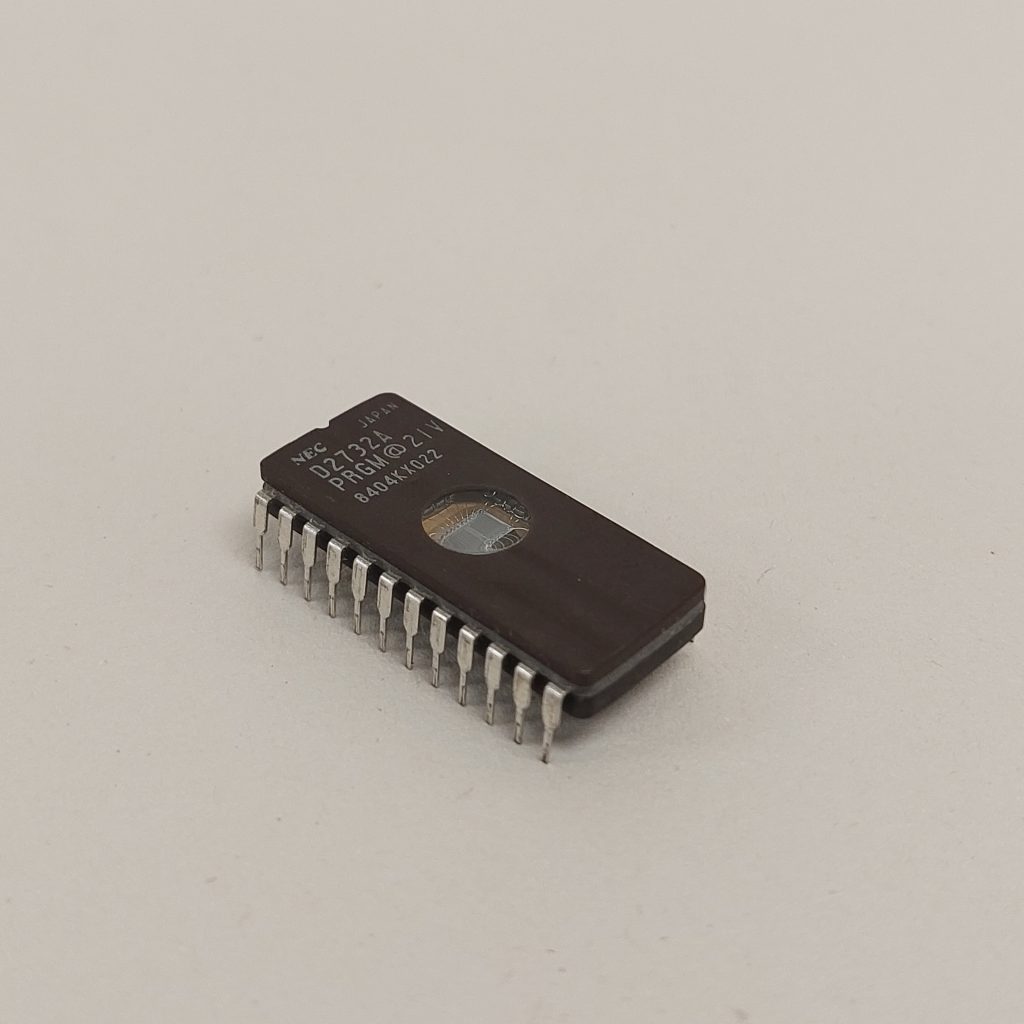In today’s fast-paced digital world, dma card are gaining attention for their ability to enhance computing performance. But what exactly are DMA cards, and why should you care? This article aims to demystify these powerful tools, showing how they can transform your computing experience. Whether you’re a tech enthusiast or just curious about optimizing your devices, understanding DMA cards can open up new possibilities for efficient and seamless data management.
What Are DMA Cards?
DMA, or Direct Memory Access, cards are specialized hardware components designed to improve data transfer rates between your computer’s memory and its peripherals. Unlike traditional data transfer methods that rely on the CPU to mediate communication, DMA cards enable direct data transfers, freeing up the CPU for other tasks. This results in faster, more efficient processing and can significantly boost overall system performance.
The Benefits of Using DMA Cards
DMA cards offer several advantages that make them a valuable addition to any computing setup. First, they enhance speed by allowing data to move quickly between components, which is especially beneficial for activities like gaming, video editing, and large data transfers. Second, by reducing the CPU’s workload, DMA cards help maintain system stability and prevent bottlenecks. Lastly, they can lead to energy savings, as the CPU can operate more efficiently with less strain.
How DMA Cards Enhance Performance
When integrated into a system, DMA cards work by streamlining the data transfer process. This is achieved through a dedicated channel that bypasses the CPU, allowing data to flow directly between the memory and peripherals. This method minimizes latency, reduces processing times, and increases throughput. For users, this means smoother performance, reduced lag, and an overall better computing experience.
Selecting the Right DMA Card
Choosing the right DMA card depends on your specific needs and system requirements. Consider the types of tasks you perform most frequently, such as gaming, video editing, or running data-intensive applications. Look for DMA cards that are compatible with your hardware and offer the desired level of performance improvement. It’s also important to consider factors like installation ease, warranty, and support options.
Installing and Setting Up DMA Cards
Installing a DMA card may seem daunting, but it’s a straightforward process with the right guidance. Start by ensuring your computer is powered off and unplugged. Open the case and locate an available PCIe slot on the motherboard. Insert the DMA card into the slot, secure it with screws, and reconnect all necessary cables. Once installed, power on your computer and install any required drivers or software to enable the card’s functionality.
Real-Life Applications of DMA Cards
DMA cards find application in various fields, enhancing performance in diverse scenarios. Gamers benefit from faster load times and smoother gameplay, while content creators enjoy improved rendering speeds and multitasking capabilities. In enterprise environments, DMA cards facilitate large-scale data transfers and backup operations, ensuring efficient and reliable performance.
Challenges and Considerations
Despite their advantages, DMA cards may present some challenges. Compatibility issues can arise if the card is not supported by your system’s hardware or software. Additionally, installation complexity varies depending on the specific card and system configuration. It’s crucial to research and understand potential limitations before making a purchase to ensure a smooth integration process.
Future of DMA Cards
The future of DMA cards looks promising as technology continues to evolve. With the rise of high-performance computing and the increasing demand for efficient data management, DMA cards are expected to become more prevalent. Advancements in hardware design and integration are likely to enhance their capabilities, further solidifying their role in optimizing computer performance.
Making the Most of DMA Cards
To fully harness the power of DMA cards, it’s essential to stay informed and proactive. Regularly update drivers and firmware to ensure compatibility and optimal performance. Explore software tools that complement DMA cards, such as diagnostics and monitoring applications, to fine-tune your system’s performance. By actively engaging with your hardware, you can maximize the benefits offered by DMA cards.
Why DMA Cards Matter
Understanding the impact of DMA cards on modern computing is vital for anyone looking to optimize their systems. By enabling direct data transfers and reducing CPU workloads, these cards unlock new levels of performance and efficiency. Whether you’re a casual user or a tech enthusiast, DMA cards can transform your computing experience, offering faster speeds, improved stability, and greater productivity.
Final Thoughts on DMA Cards
In conclusion, DMA cards are a valuable asset for anyone seeking to enhance their computing capabilities. By empowering users with faster data transfers, improved performance, and reduced CPU strain, these cards offer tangible benefits across various applications. If you’re ready to take your computing experience to the next level, consider incorporating a DMA card into your setup. The results may surprise you, opening up new possibilities for productivity and enjoyment.
Explore More
If you’re intrigued by the potential of DMA cards and want to learn more about their applications and benefits, explore online forums, technical resources, and expert reviews. Engaging with the broader tech community can provide valuable insights and help you make informed decisions. Don’t hesitate to reach out to professionals and enthusiasts who can offer guidance and support on this exciting technological frontier.

